I recently stumbled onto the following series of family history stories. It was broadcast in 2014, but I found it interesting and relevant nevertheless. The link below will give you access if you want to check it out. Note: you will have to endure some commericals.
ROOTS: OUR JOURNEYS HOME” kicks off Sunday, October 12th, with a two-hour primetime special airing Tuesday, October 21st at 9 pm ET
https://www.cnn.com/videos/bestoftv/2014/10/14/roots-cuomo-pkg-newday.cnn/video/playlists/roots/
Storytelling is at the core of what CNN does, and in a week-long series beginning Sunday, October 12th, thirteen of the network’s prominent hosts and anchors set out on a journey to find their ROOTS. A project one-year in the making, these journalists embark on an emotional journey across continents as they discover never-before-known details of their family histories.
ROOTS: OUR JOURNEYS HOME will kick-off on Sunday, October 12th at 9 pm ET with a special episode of Anthony Bourdain Parts Unknown and will air across the network throughout the week, culminating in a two-hour special on Tuesday, October 21st at 9 pm ET. The following is the broadcast schedule for ROOTS:
SUNDAY 10/12
Anthony Bourdain – (9 pm ET) This investigation into the puzzling history of the Bourdain’s great, great, great, grandfather, Paraguayan émigré Jean Bourdain, serves as a springboard to his first tour of this South American country. In Paraguay, Bourdain explores both jungle and desert land, a rich culture, and savory local dishes that include Bife Koygua, Bori Bori, and Sopa Paraguaya.
MONDAY 10/13
Michaela Pereira – (6am ET on New Day) Michaela Pereira’s adoption journey began when she was very young—just three-months-old in Canada. Although she “hit the jackpot” with her adoptive family, she also knows that much of what you see in front of you—the color of her skin, the curl of her hair—comes from her biological parents. After a brief search years ago led to closed doors, Michaela embarks on her roots journey again—this time not in pursuit of her birth parents, but for the place that her ancestors came from—in St. James Parish, Jamaica.
Anderson Cooper – (8pm ET on AC360) Many people know Anderson Cooper as having come from one of America’s most famous families – the Vanderbilts. But growing up, Anderson was always drawn to the southern roots of his father, Wyatt Cooper. Anderson travels to Mississippi where his father grew up and discovers ties between the poor farming family and the rich Vanderbilts that existed before his parents ever met.
TUESDAY 10/14
Chris Cuomo – (6 am ET on New Day) The son and brother of two governors of New York, Chris Cuomo thought he knew all there was to know about his roots, but he discovers a mysterious figure, Germana Castaldo, at the heart of it. Chris travels to the bedrock of the Cuomo family in Italy to retrace her steps.
Jake Tapper – (4 pm ET on The Lead) Jake Tapper grew up in Philly, blocks from Independence Hall, steeped in Americana. He was surprised to learn his family members were Colonists. He was even more surprised to learn that, during the Revolutionary War, they were traitors who sided with British and fled to Canada. Jake travels to Canada to unravel the mystery of why his family remained loyal to the Crown, and how that changes his own story.
Erin Burnett – (7 pm ET on Erin Burnett OutFront) After 50 years of living on a farm in Maryland, Erin Burnett’s parents are packing up their memories and moving on. The move prompts Erin to learn more about her roots beyond the home she grew up in and loves so much. Her journey takes her to a remote Scottish island where she uncovers her ancestors’ struggle to survive the potato famine, and meets relatives who still call Scotland home.
Don Lemon – (10 pm ET on CNN Tonight) Because of poor record keeping, it’s nearly impossible for descendants of slaves in America to trace their ancestry past 1870. So CNN’s Don Lemon sets off to find his roots and fill the gaps in his family tree. It’s a journey that takes him from a Louisiana plantation to the hub of the transatlantic slave trade in West Africa.
WEDNESDAY 10/15
Christine Romans – (6 am ET on New Day) As a journalist, Christine Romans interviews newsmakers every day. But in her family, the real newsmaker is just an ordinary girl who had the courage to leave a small town in Denmark, and everything she knew, behind to start all over again in America. Christine goes there, to where it all started.
Wolf Blitzer – (5 pm ET on Sit Room) Wolf Blitzer pays a visit to Yad Vashem, the Israeli Holocaust museum. While there, this son of Holocaust survivors discovers his paternal grandparents actually perished in one of the most brutal extermination camps of WWII, Auschwitz. Wolf returns to his roots in Poland: to visit the camp where more than a million Jews were murdered by the Nazis. He travels to his father’s hometown in the neighboring village, where not one Jew lives today. Wolf also looks for any trace of his maternal grandparents – including his namesake Wolf Zylberfuden – a task made more difficult by a Poland completely rebuilt after the war. Wolf then heads to his own hometown of Buffalo, New York, where his parents managed to start a successful new life in America.
Sanjay Gupta – (8 pm ET on AC360) CNN’s Chief Medical Correspondent, Dr. Sanjay Gupta, takes his family half-way around the world to uncover his roots. Their trip, from his mother’s tiny village in Pakistan to his father’s hometown just outside Delhi, is full of surprises. And you won’t believe how mom and dad actually met, right here in America. (re-air Saturday 9/18 at 4:30pm ET on Sanjay Gupta MD)
THURSDAY 10/16
Kate Bolduan – (6 am ET on New Day) Kate Bolduan just gave birth to her first child, a daughter, so finding out about her family tree comes at a perfect time. Bolduan grew up in the Midwest, and was surprised to learn that she comes from a long line of glass blowers from a tiny village in Belgium. Pregnant during her journey, Bolduan set off to find out more about the family business, learning her great great grandmother traveled to America while SHE was pregnant, too. And you’ll never believe what historic event happened just weeks before she set sail.
FRIDAY 10/17
John Berman – (6 am ET on New Day) Could John Berman be royalty? Is he related to the Dutch philosopher Baruch Spinoza, noted as the Prince of Philosophers? John Berman travels to Amsterdam, the country where his ancestors, the Spinozas, lived for 140 years in search of his “Inner Spinoza”… and the truth.
Fareed Zakaria – (8 pm ET on AC360) Fareed Zakaria takes viewers on a historical journey as he explores his family’s roots and discovers how his personal story intersects with critical moments in history. Fareed’s father, an orphan and self-made man who eventually became a Minister in India’s government, often claimed that he had Central Asian “warrior” ancestry. Given the lack of records in India, Fareed takes a DNA test to see whether his father’s jocular claims can be validated. True to form, Fareed puts what he learns along the way into greater historical context. (re-air Sunday 9/19, 10am ET on Fareed Zakaria GPS)
MONDAY 10/21
ROOTS: OUR JOURNEYS HOME – 9 pm ET – CNN anchors Anderson Cooper and Michaela Pereira will host a two hour special featuring 12 of the network’s hosts and anchors stories. The special will also include interviews with Anderson Cooper, Michaela Pereira, Erin Burnett and Dr. Sanjay Gupta about what the experience has meant to them personally.
Beginning Friday, October 10, a sneak peek at Roots will be available on CNN.com. As the journeys unfold on-air, viewers online will be invited to watch and share the segments as well as explore more of each anchor’s story through video extras, exclusive photos and first-person accounts of their individual journeys. They will also be able to compare their habits and hobbies to CNN’s anchors with a new “Which anchor are you?” quiz. Throughout, the Roots experience will extend across on Twitter, Facebook, Instagram and Tumblr using the hashtag #CNNRoots.
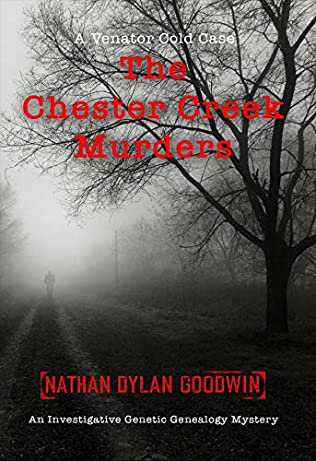
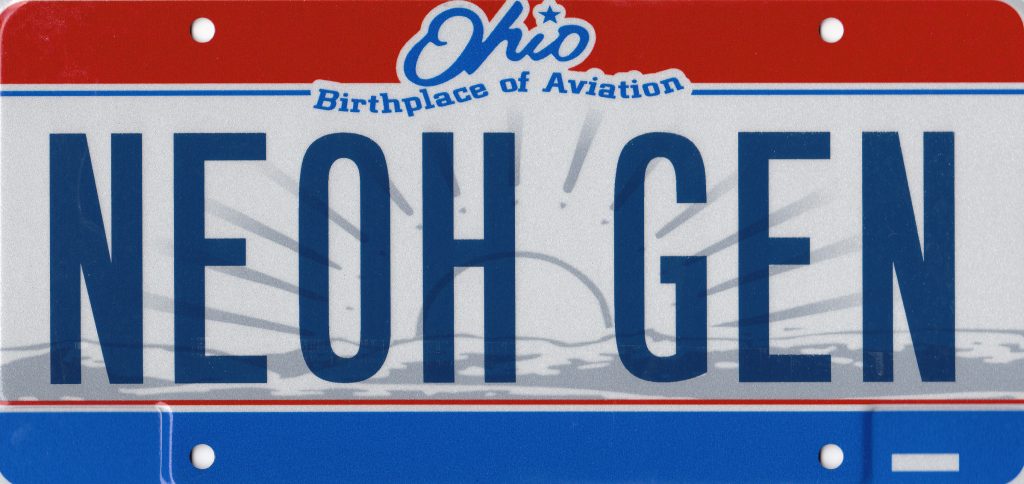
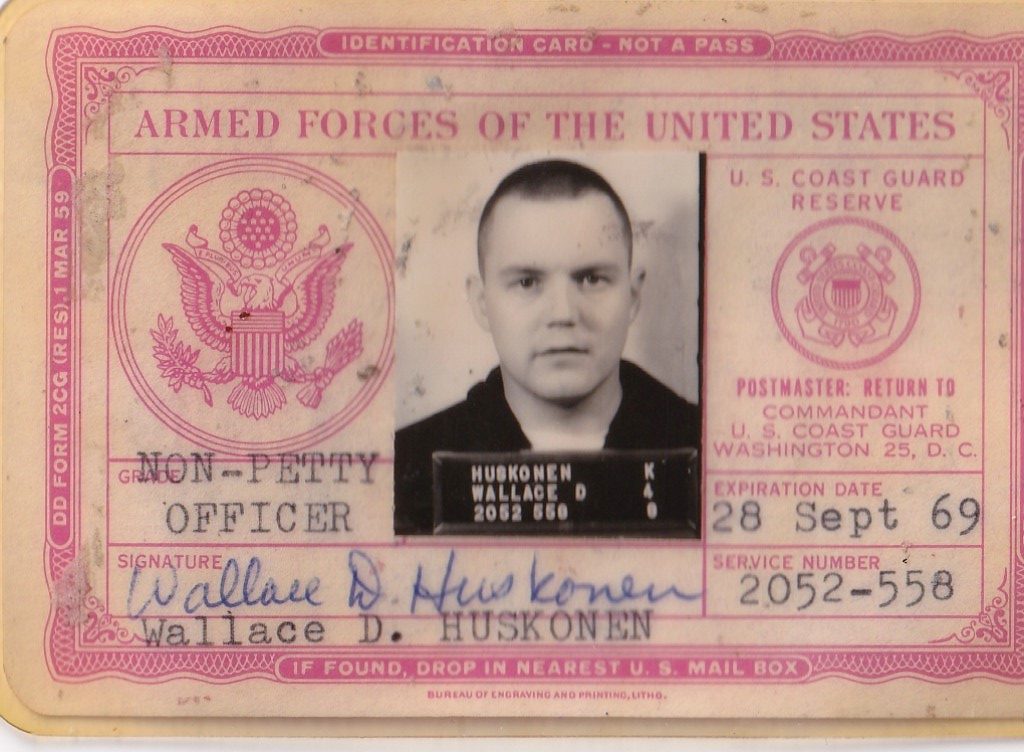
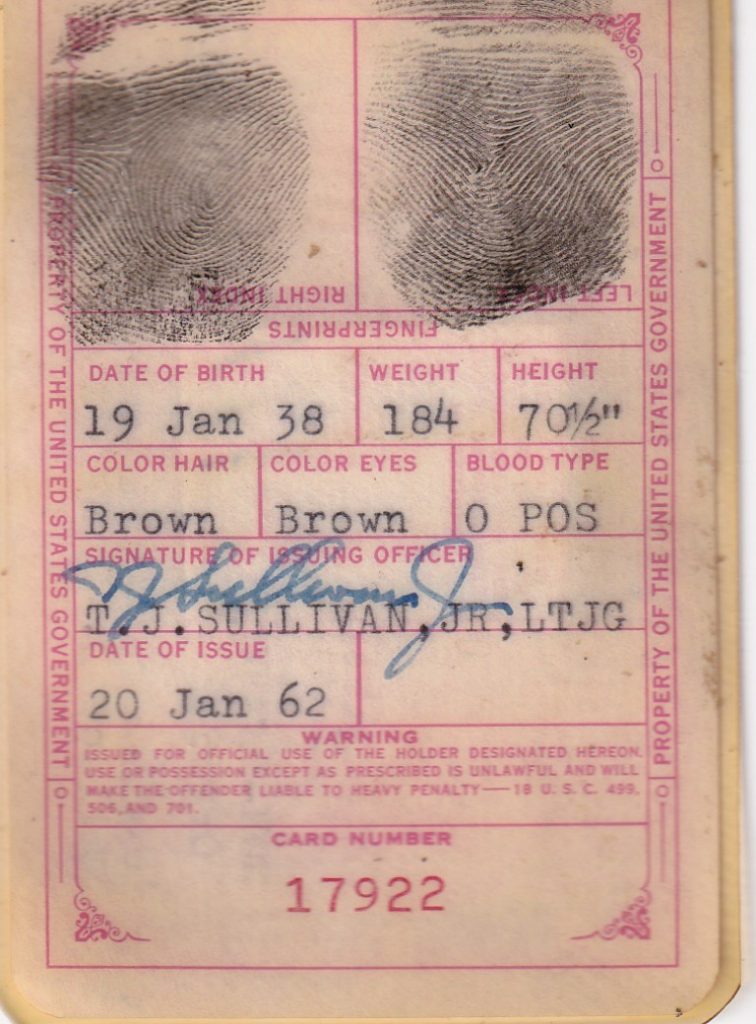
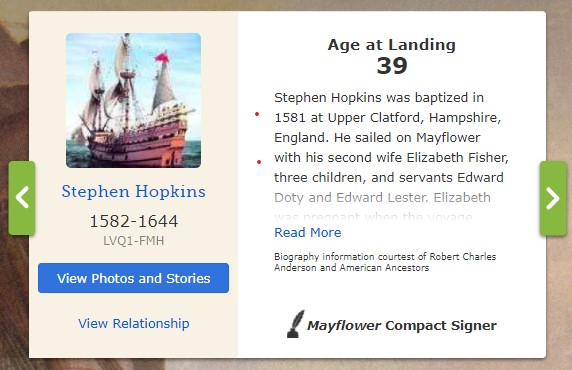
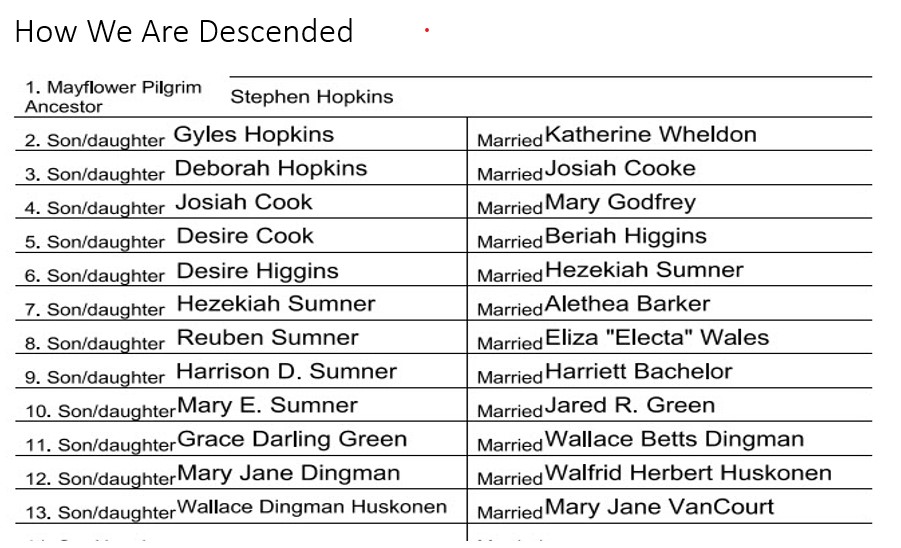

Recent Comments